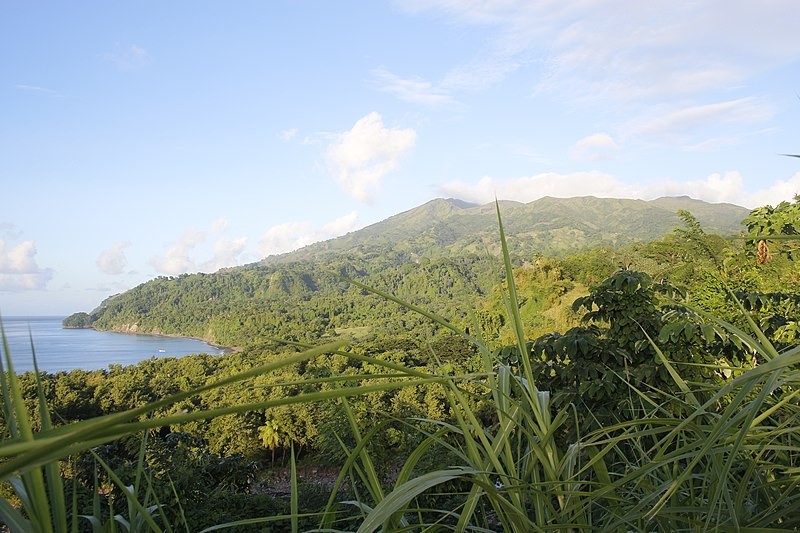After a period of peace following a hectic eruption cycle in 2021, scientists in charge of monitoring the La Soufrière Volcano on St. Vincent in the Caribbean have altered the status / alert level there back to "Green."
According to the University of the West Indies Seismic Research, seismic activity in La Soufrière, St Vincent, has continued to decline after the earthquake-related with the explosion and ash venting on April 22, 2021 Centre (UWI SRC).
Seismic Activity
With seismic activity decreasing, UWI SRC scientists pointed to additional reasons for the shift in status. There have been no recent lahar signals recorded, no change in gas composition observations since late January readings indicating that the plume chemistry had reverted to pre-eruptive levels, and no notable change in deformation since May 2021.
The degree of activity at La Soufrière volcano is comparable to background activity before the 2020-2021 eruption. While the status has returned to "Green," there are still dangers. "Potential dangers related with the presence of degassing at vents in the crater may still remain," according to the UWI SRC, which also warns that "lahars on the volcano's lower sides may still pose a concern during periods of heavy rainfall."
Raging Eruption

According to the National Emergency Management Organization (NEMO), Ministry of National Security, for St. Vincent and the Grenadines in the West Indies, an explosive eruption occurred at the La Soufriere Volcano in the Caribbean.
With indicators of an impending explosive eruption, Vincentian Prime Minister Dr. Ralph Gonsalves ordered an evacuation and elevated the warning level to "RED" yesterday. The National Emergency Operations Center (NEOC) has been fully established to deal with the coming crisis on the island. The raging eruption occurred at 8:41 a.m. local time and is still going on.
The explosive event of 2020-2021 was the sixth in history, with the others occurring in 1718, 1812, 1814, 1902/1903, and 1949. At La Soufriere, there have been several effusive eruptions.
The eruption's first explosive phase was followed by an effusive phase in 1979. An effusive eruption in 1971/1972 generated a lava dome that lasted until the 1979 eruption.
The most disastrous eruption at La Soufriere occurred in 1902 when an enormous explosion claimed the lives of around 1,600 people. The local populace was effectively evacuated during the previous eruption in 1979, and no one was killed.
Latest Eruption
The latest eruption displaced around 16,000 people who reside in the volcano's vicinity. St. Vincent and the Grenadines have a population of roughly 100,000 people. With the status restored to Green, some semblance of normalcy can be fixed in those people's lives. The volcano has thrown a cloud of volcanic ash to the north and east of the island.
Volcanic activity is not uncommon in the eastern Caribbean. On 11 islands, 17 of the region's 19 active volcanoes are situated, with another two now submerged near Grenada.
Before today's spectacular eruption, Soufriere Hills on Montserrat was the most active volcano in the eastern Caribbean. When the Soufriere Hills erupted in 1997, it obliterated Plymouth's capital and killed 19 people. Since 1995, that volcano has been continually erupting.
Related Article : Aseismic Creep Surfaces Shaking Discovery in California's Fault
For similar news, don't forget to follow Nature World News!
© 2025 NatureWorldNews.com All rights reserved. Do not reproduce without permission.





